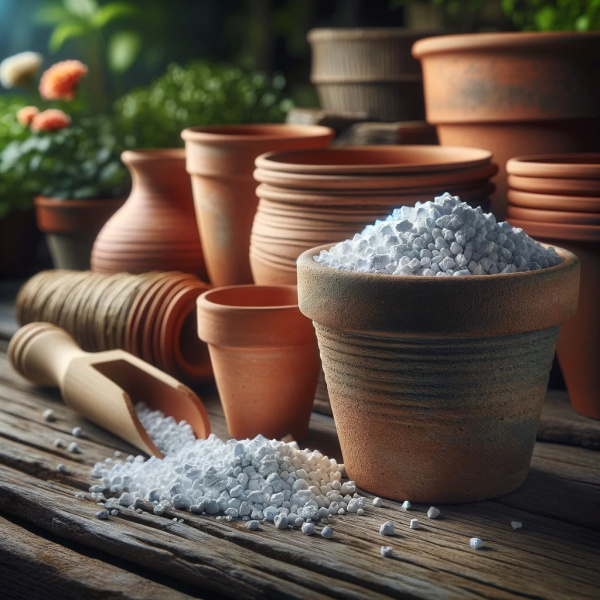
Perlite Introduction
Perlite, the lightweight volcanic glass that gardeners swear by, is more than just an additive; it's a game-changer for plant roots.
With its unique ability to expand and pop when heated, perlite becomes a porous, air-filled wonder that can transform your soil mix.
This article will explore the essential role perlite plays in gardening, how it promotes exceptional plant growth, and why it's a non-negotiable component in any super soil mix.
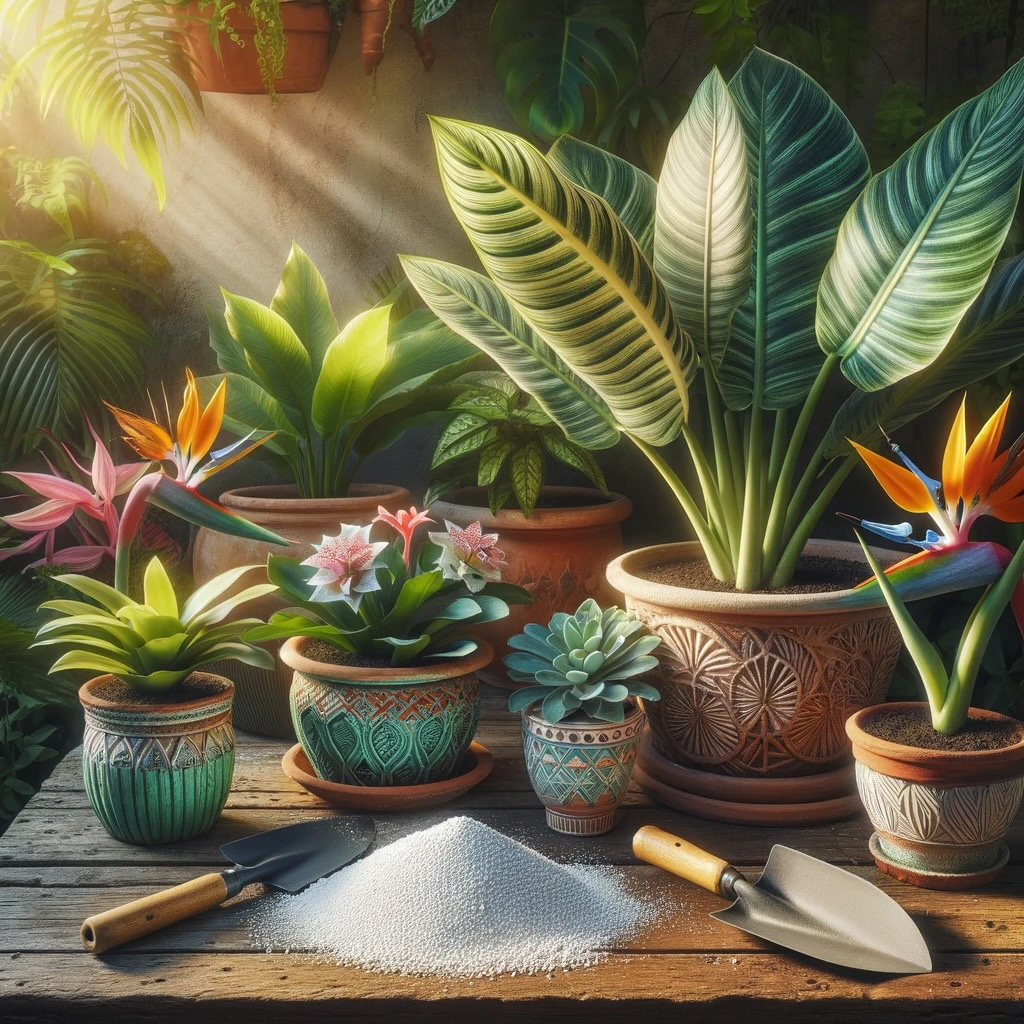
Perlite Key Benefits
The key benefits of perlite stem from its remarkable ability to improve soil aeration and drainage.
This naturally occurring volcanic rock is heat-expanded to produce a lightweight, sterile, and pH-neutral amendment. Its porous nature not only prevents soil compaction but also allows excess water to drain away quickly, ensuring roots have access to oxygen.
These properties are crucial for preventing root rot, promoting healthy root development, and enabling faster growth.
Moreover, perlite's structure helps maintain soil temperature, providing a buffer against fluctuations that could stress plants.
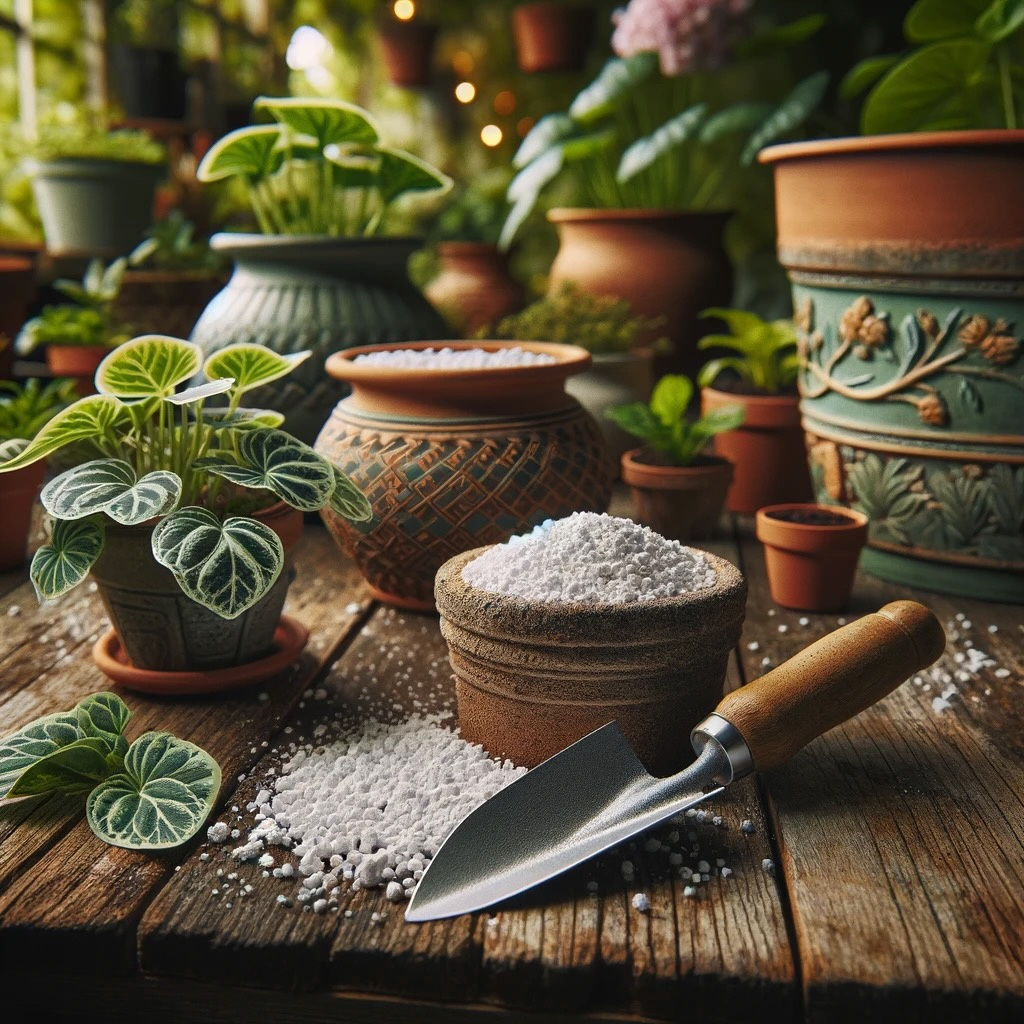
Perlite Nutritional Profile
Perlite does not decompose or break down over time, meaning it continues to provide aeration and drainage indefinitely.
While it doesn't contribute nutrients directly to the soil, its value lies in creating an environment where roots can access the nutrients they need effectively.
By promoting better root structure, perlite indirectly influences the plant's ability to uptake water and nutrients.

How to Use Perlite
Incorporating perlite into your soil mix is simple. A common ratio for potting mixes is one part perlite to two parts soil, but this can be adjusted depending on the needs of specific plants or the existing soil structure.
For plants that require excellent drainage, like succulents and cacti, increase the proportion of perlite.
It's also perfect for seed starting mixes due to its sterility and ability to keep the soil loose and well-drained.
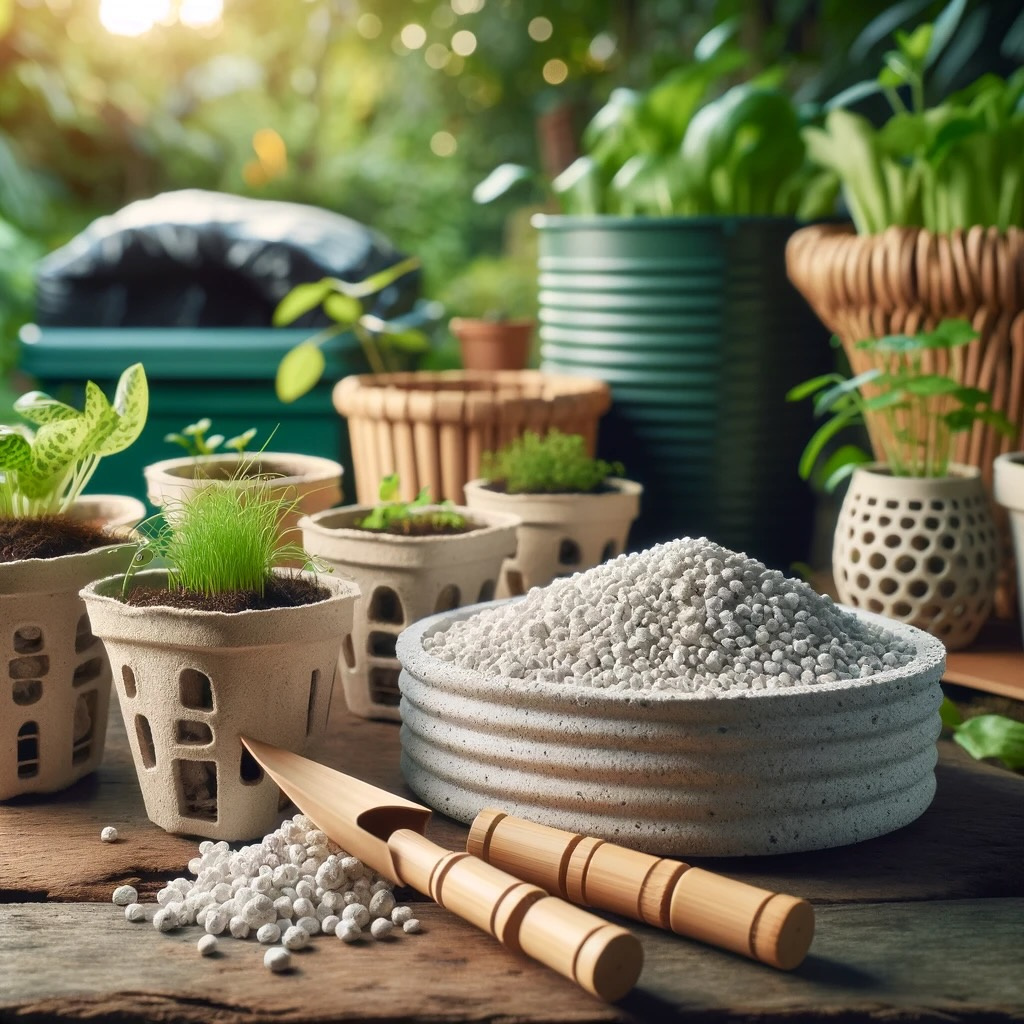
Ideal Plants and Soil Types
Perlite is particularly beneficial for plants that are prone to root diseases caused by overwatering or that require well-drained soil.
It's ideal for succulents, cacti, and seedlings, but it's also a boon for plants in humid environments where heavy soils may retain too much moisture.
In terms of soil types, perlite is a great addition to heavy clay soils to improve drainage and to sandy soils to increase water retention.
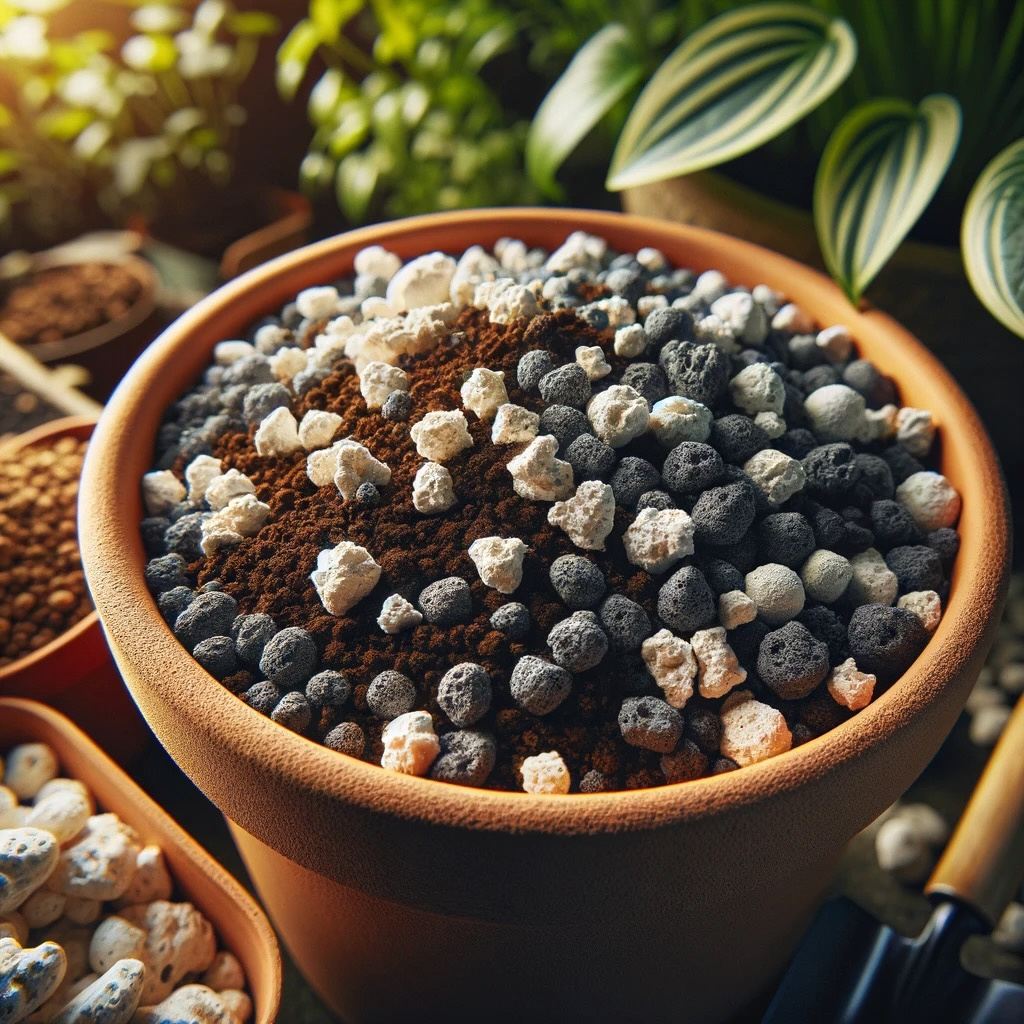
Sustainability and Environmental Impact
As a naturally occurring volcanic glass, perlite is a sustainable choice. It is mined and then expanded using heat, which is a one-time process that permanently alters its structure.
This means it doesn't degrade or diminish over time, reducing the need for replacement and minimizing waste.
However, it's important to source perlite from responsible suppliers who adhere to sustainable mining practices.

Perlite Tips and Tricks
When using perlite, always dampen it first to reduce dust, which can be harmful to inhale.
Be mindful not to overuse perlite in your mix, as too much can lead to overly dry soil conditions.
It's also an excellent medium for rooting cuttings due to its sterility and ability to retain moisture while providing high levels of oxygen around the roots.

Perlite Conclusion
Perlite is an unsung hero in the garden, bringing breathability and lightness to any soil mix.
Its inclusion in your gardening practices ensures that your plants have the foundation they need for robust growth and health.
Embrace the versatility of perlite and watch as your garden reaches new heights of vitality.
Are you ready to lighten up your garden's life with perlite? Visit our shop to find the best quality perlite and other soil amendments.


